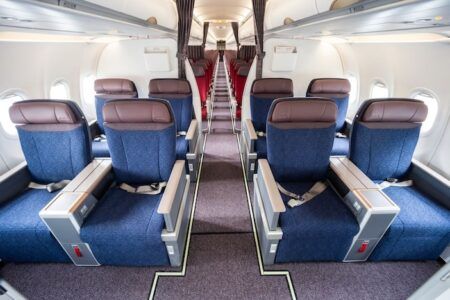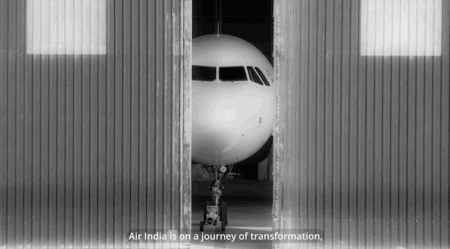Gogo has begun flight testing of its next-generation 5G air-to-ground (ATG) connectivity network for North American customers. The test team is trialling the equipment on a Pilatus PC-24 aircraft, flying on alternate days, to test the potential of the Gogo 5G ATG broadband access. Gogo’s engineering and software teams indicate they expect to complete the test and validation programme over 40 to 50 hours of flight time spanning several weeks.
The team will use established testing techniques, beginning with simple procedures and culminating with fully loaded tests running multiple applications, including video calling, video streaming, and internet browsing, on multiple devices simultaneously.
The flight tests are using Gogo towers in eastern Colorado and Nebraska in the USA, before moving on to connect with towers around Broomfield, Chicago, New York, Miami, and areas in between. Gogo’s test engineers on the ground, will monitor the flights while gathering data from across the 5G network and aircraft hardware platforms. The company anticipates that the flight trials will corroborate data gathered during months of ground testing and substantiate numerous performance models.
Chris Moore, CEO of Gogo, said of the test programme, “This is a true walk before you run-type methodical test plan. We’ve started out by establishing an end-to-end call in flight, and we’re rapidly progressing to the critical inflight connectivity use cases that will validate readiness for 5G product launch, including simple validation, continuous connection, call setups, handovers, and application testing.
The test team say they have already validated the 5G chip’s functionality on the ground, following delivery of the new 5G chipset in May to Airspan, Gogo’s 5G partner, which is a provider of network deployment technologies.
A major accomplishment
“Having the product perform in the air for the first time is a major accomplishment for Gogo and represents a significant advancement in bringing next-gen ATG broadband to our customers. Once in service, the Gogo 5G service will deliver never-before-seen ATG connectivity with speeds of up to 80Mbps for business and military aircraft of all sizes, allowing them to seamlessly surf the net, stream video calls, and satisfy the data demand from our customers now and into the future,” added Moore.
As soon as the flight-testing programme is complete, Gogo will lock-in the 5G AVANCE software and apply to the Federal Aviation Administration (FAA) for the final minor change approvals for the Gogo AVANCE LX5 and Gogo X3 products, which have already been approved with the earlier 4G chip.
Once the approval is granted, Gogo expects to achieve full service activation before the end of 2025, which will trigger client activation and revenue generation in Q1 of 2026. 400 aircraft are already pre-provisioned for the new 5G service – a figure that’s risen from 300 in the past three months.





